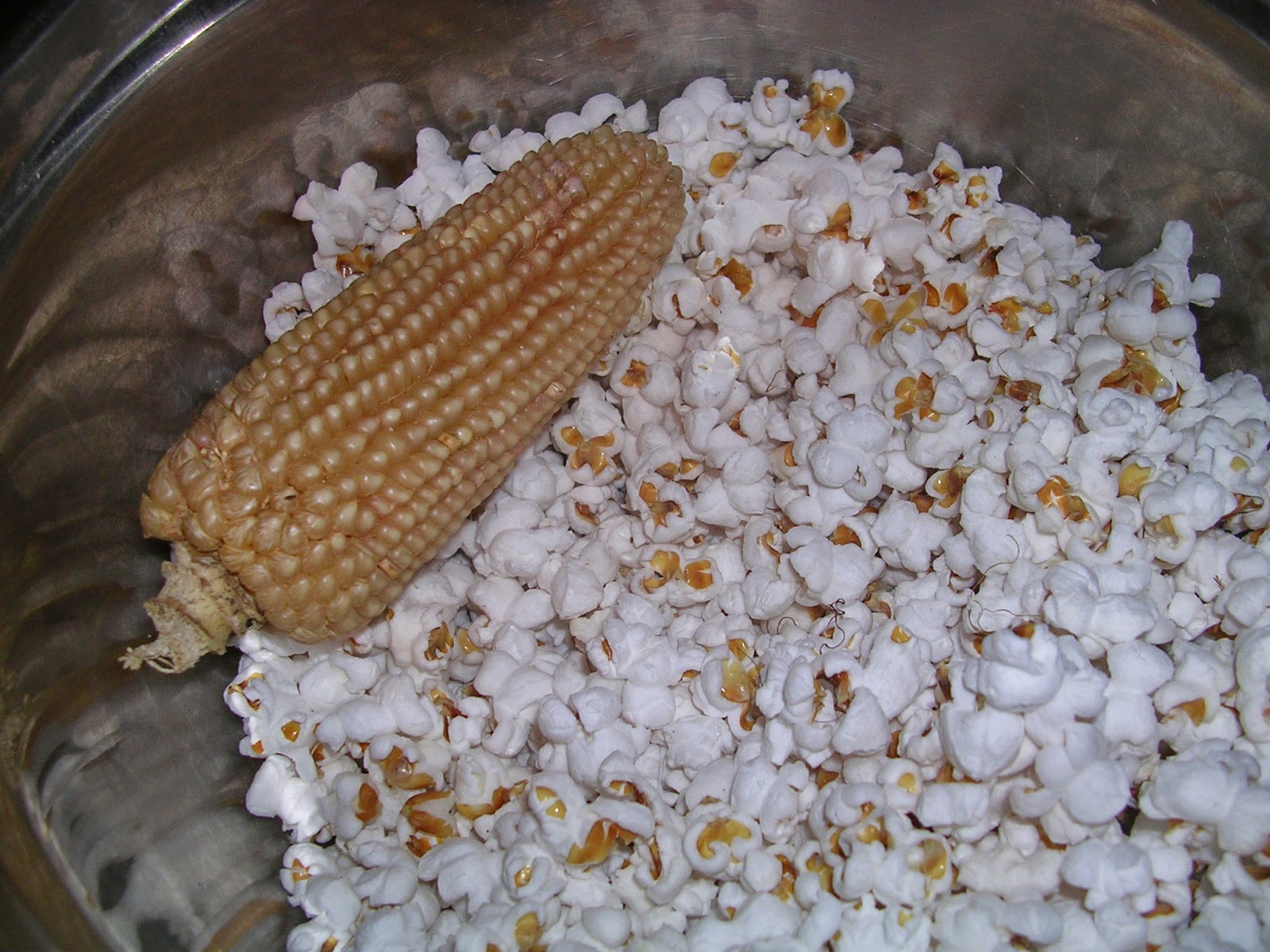Nora has been making wreaths the last couple years and these are the first ones of the season.
Friday, November 28, 2025
Wednesday, November 5, 2025
Black walnuts
About ten year ago we grafted over about a half dozen wild black walnut tree saplings to named varieties of black walnuts selected mainly for superior nut cracking traits.
Black walnuts have much thicker shells than English walnuts and pecans, etc. and black walnuts take a lot of time to crack out, but the black walnuts we have to offer are relatively a lot easier to crack out for two reasons. One, they're substantially larger than most wild black walnuts. And, two, perhaps even more significant, the shape of the nuts we have to offer is smoother with fewer lobes and indentations, so the pieces don't get caught as many different ways in the shell and it's easier to get the pieces out. We'll often get pieces of nut meat to come out in whole quarters on the first crack.
We did a comparison test several years ago cracking nuts from the best wild tree on our property and the nuts from these grafted trees, and we were able to crack out 3-4 times as many ounces of nuts in the same amount of time from the grafted trees as with the wild trees. That's still slow compared to a pecan, for example, but it's a major improvement over typical wild black walnuts.
Black walnuts have a strong flavor, so it doesn't take a lot of nuts to add flavor to muffins or cakes or ice cream or to any of the other things to which you might want to add black walnut flavor and some crunch.
Black walnuts can be cracked with a hammer, but we like to use an extra heavy duty nut cracker made especially for black walnuts.
Black walnuts have a strong flavor, so it doesn't take a lot of nuts to add flavor to muffins or cakes or ice cream or to any of the other things to which you might want to add black walnut flavor and some crunch.
Black walnuts can be cracked with a hammer, but we like to use an extra heavy duty nut cracker made especially for black walnuts.
Thursday, October 23, 2025
Photo tour of the farm
Most of these photos are old photos already on our blog, but they're all here together for a broader look at our farm.
![[july+10+corn+005.jpg]](https://blogger.googleusercontent.com/img/b/R29vZ2xl/AVvXsEgJ7W3yaUeG1w9Z8ojj1ToDJ0VWGobc57-2sqEGfuWTMaL0rI_pUQ_GBRvWnnjrnNX3U5VwwHEBV9l1-2ctz6ooP_S8ZGl_SFRUubkNyIT2oTVt3mKJJuOfoCqrEaFIMDM7HS1o90iCFGui/s1600/july+10+corn+005.jpg)



 | |
| Corn made into hominy, ground, pressed, and cooked on the griddle into tortillas. |
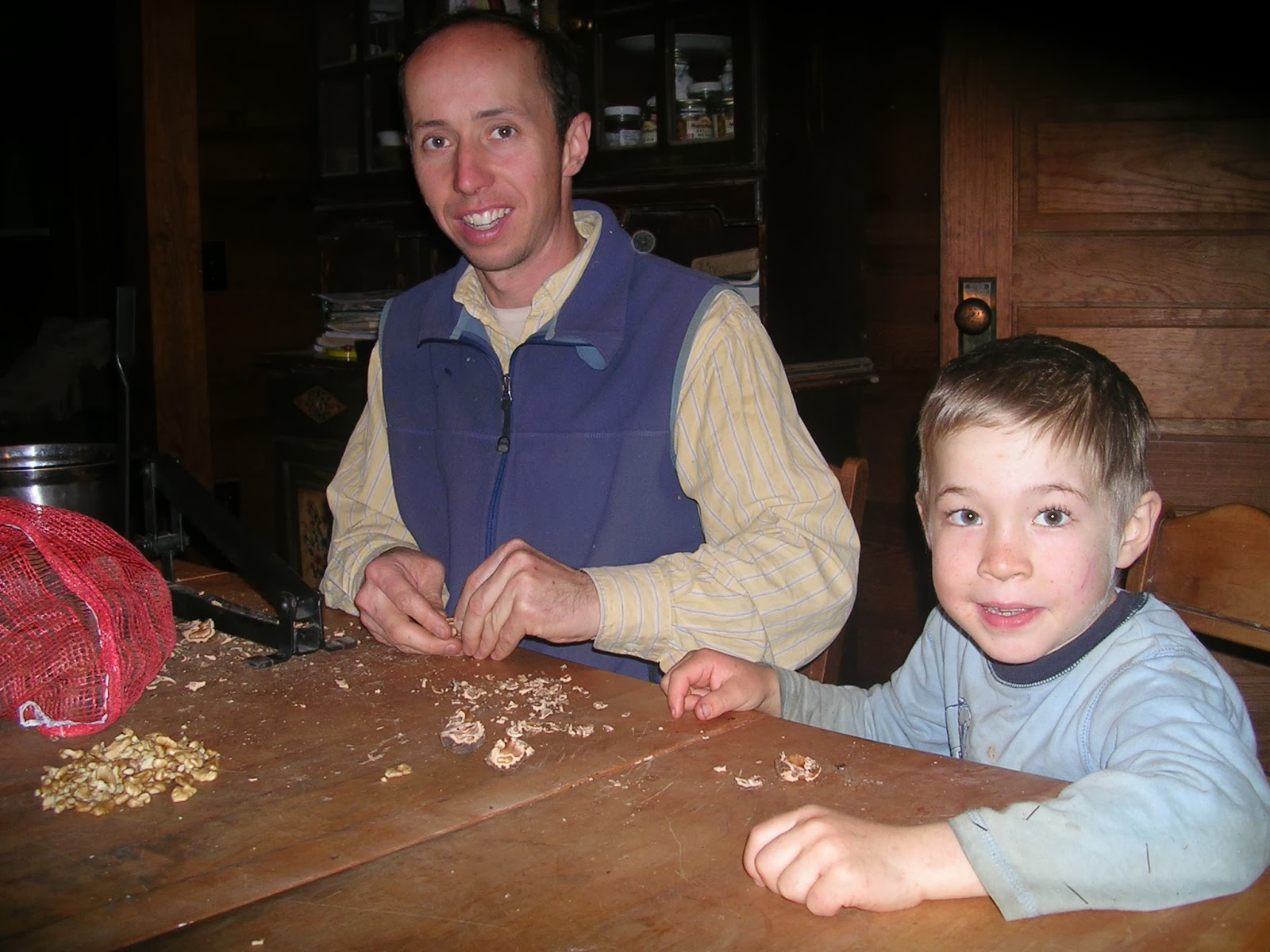 | |
| Cracking black walnuts |
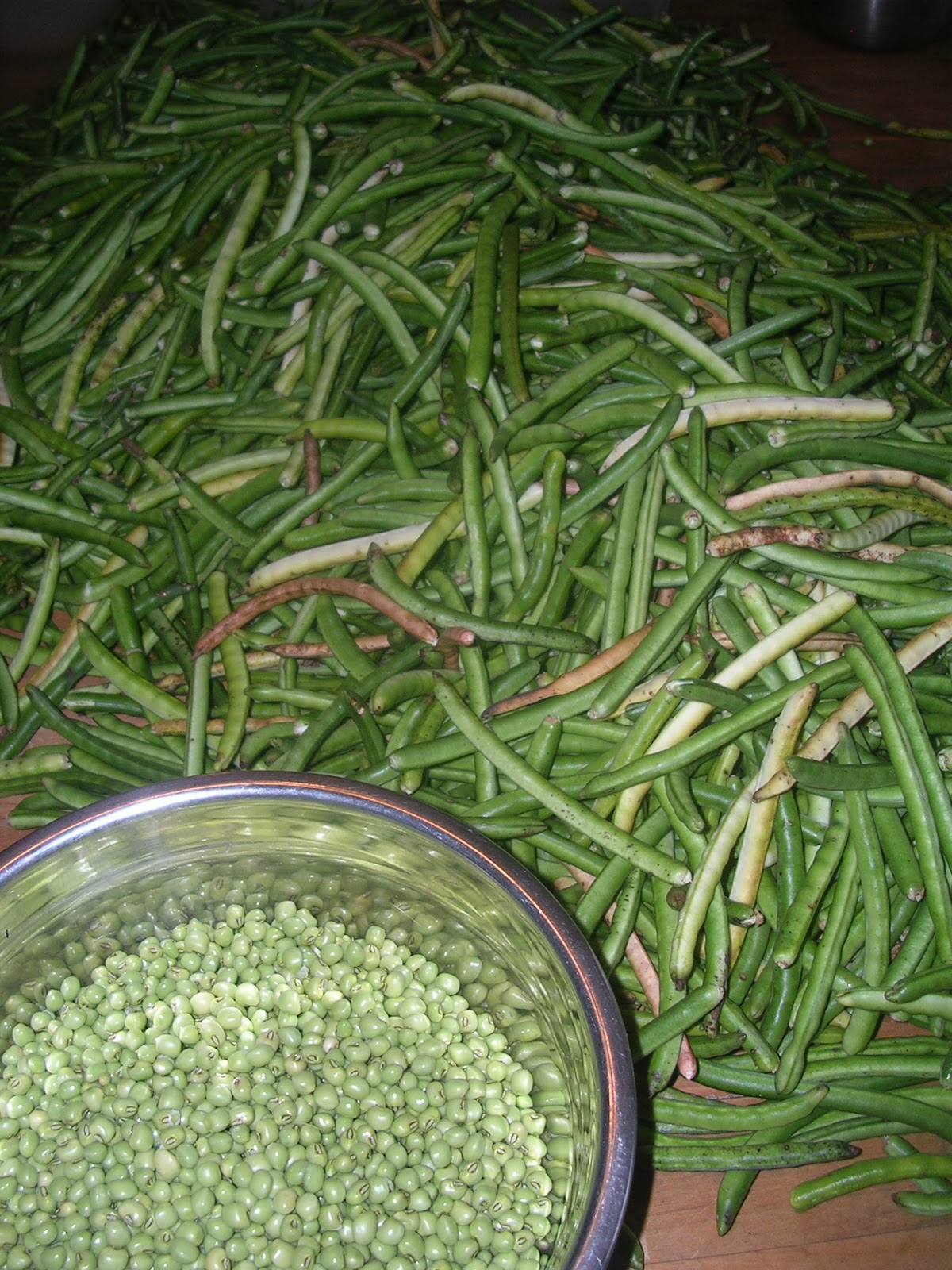 | |
| Our favorite summer pea variety. Our original seed source was Eric's great uncle in Harnett County. |
 |
| A sampling of different summer pea varieties we grow. |

![[goat-5-08.JPG]](https://blogger.googleusercontent.com/img/b/R29vZ2xl/AVvXsEhv-LrJvFk_B2YaJJ44eBP8qtgxWa7awRNl8j4phmP9RabRNyvZ_KKd0H0REUN3gMBeZcpkSc9OZtYup3NdIswgAbjwMLc1F3IYz21bUbC6OZp78yDNHxqOEw7cBRkfn5PXe0Pk0rW6N_N5/s1600/goat-5-08.JPG) | |
| In the background are our first attempt at storing hay in old-fashioned haystacks and our little corn crib. |
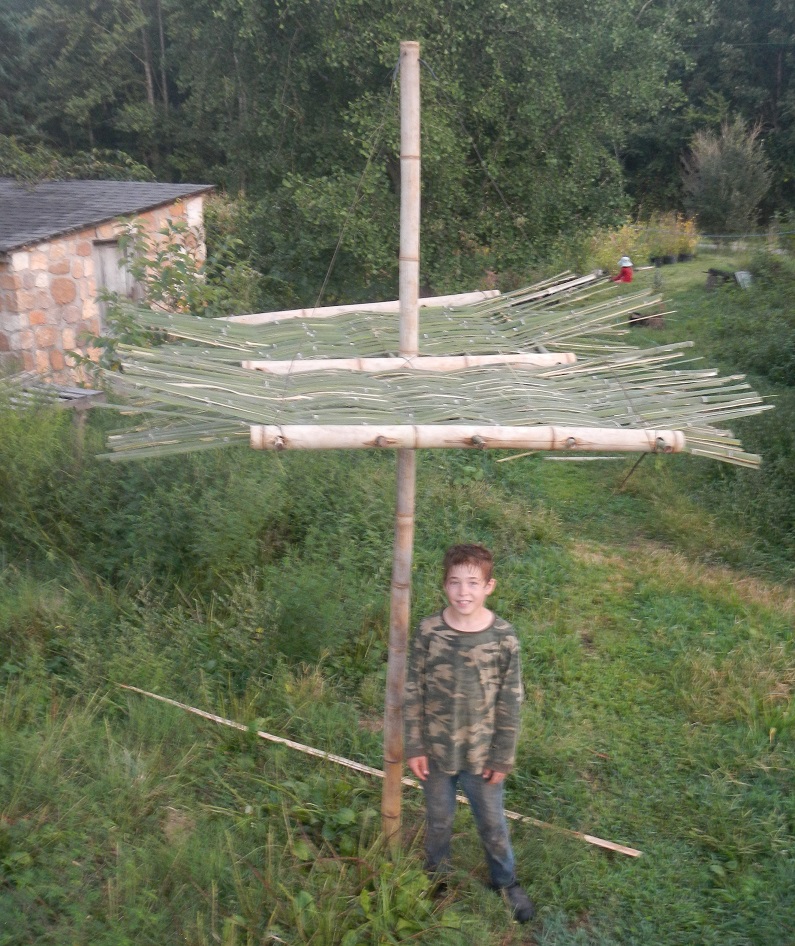 | |||
| Moveable shade for the goats made out of bamboo. |
 |
| One of our (Nora's) first aged goats milk cheeses. We were very happy with it. |
 |
| Leaf mold to be used for potting mix once finished |

 | |
| One of our farm visitors helping us hang up onions to dry. |
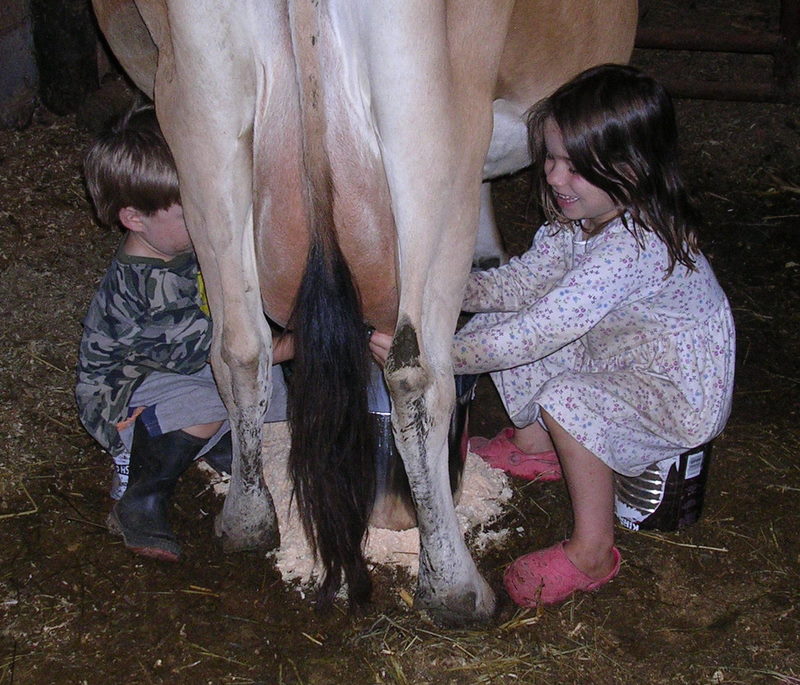 | |
| Our now 16 and 18 year olds milking the cow. |
 | |
| One of our farm visitors milking the cow. |
 | |
| Skimming milk to make butter. |
 |
| Butter |
 |
| Cheese press |

![[Spring09garden.jpg]](https://blogger.googleusercontent.com/img/b/R29vZ2xl/AVvXsEj_wd2jwqzFM_y4bsujVLO6F-MyAfgnm-n7WEfCwmntZBdyAdtM0IS-y5Xlj5KEfwVouBMyJ9v8v1GQDRMyDqbsCtGjQh9d0n0XraaJGWOtfnMTjgeFjr6bQl-VmrsCoO-p4jMzwgi1VZnw/s1600/Spring09garden.jpg)

 | |
| A quick hive inspection on a warm winter day. |
![[Feb.+4+2008+030+reduced.jpg]](https://blogger.googleusercontent.com/img/b/R29vZ2xl/AVvXsEhDTdXtiZ6MQRKUogqv0dF3e2xDyghtrxEFl0LsWYPX3O4HzGvYq-DynvsoRgUOcg6ECWcIoiONtKt2CoktB-7WftQubvWs4z4DPrpzabAIkmPbCHY8IW3_fryt2A_jVOOQHVBP3iyFV7dT/s1600/Feb.+4+2008+030+reduced.jpg) |
| Making candles with our beeswax. |
 |
| Pawpaws |
 |
| Hardy kiwis (smaller, smooth skinned/not fuzzy, delicious) |
 |
| Kaki X American persimmon tree |
 |
| Kaki persimmon |
 |
| Threshing black beans |
 | |
| Winnowing black beans |
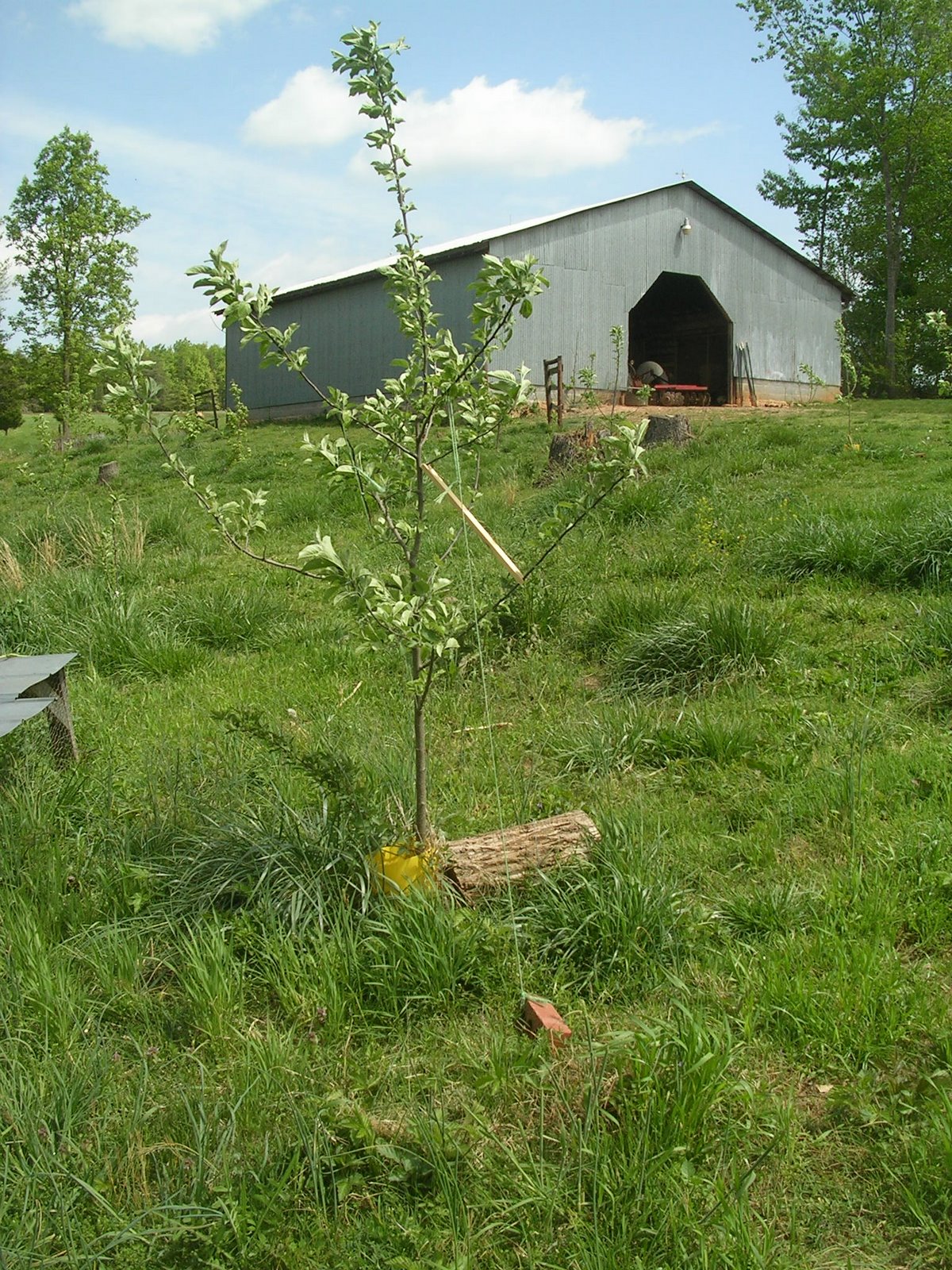 | |
| A photo from soon after we planted our first apple trees, well over 10 years ago. |
 |
| Jersey steaks |
 |
| Making hardwood charcoal in our outdoor water stove |
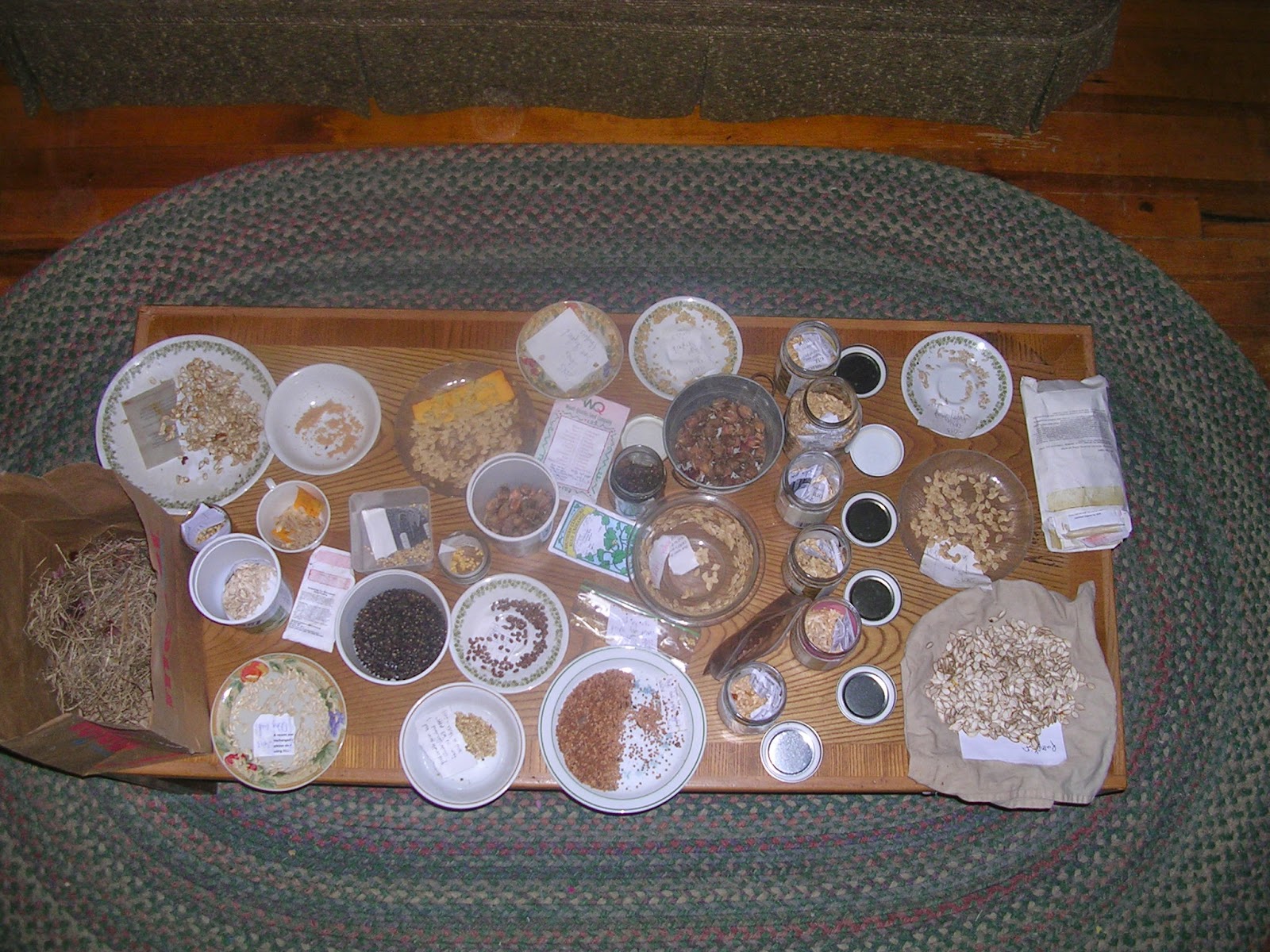 | |
| Just some of the seeds we saved one year. |
 | |
| Onion seed |
 | |
| Onion seed after threshing |
 | |
| Nursery bed prepared for planting onion seed in the late fall. We set onion plants out in the garden the following spring. |
 |
| Mama hen |
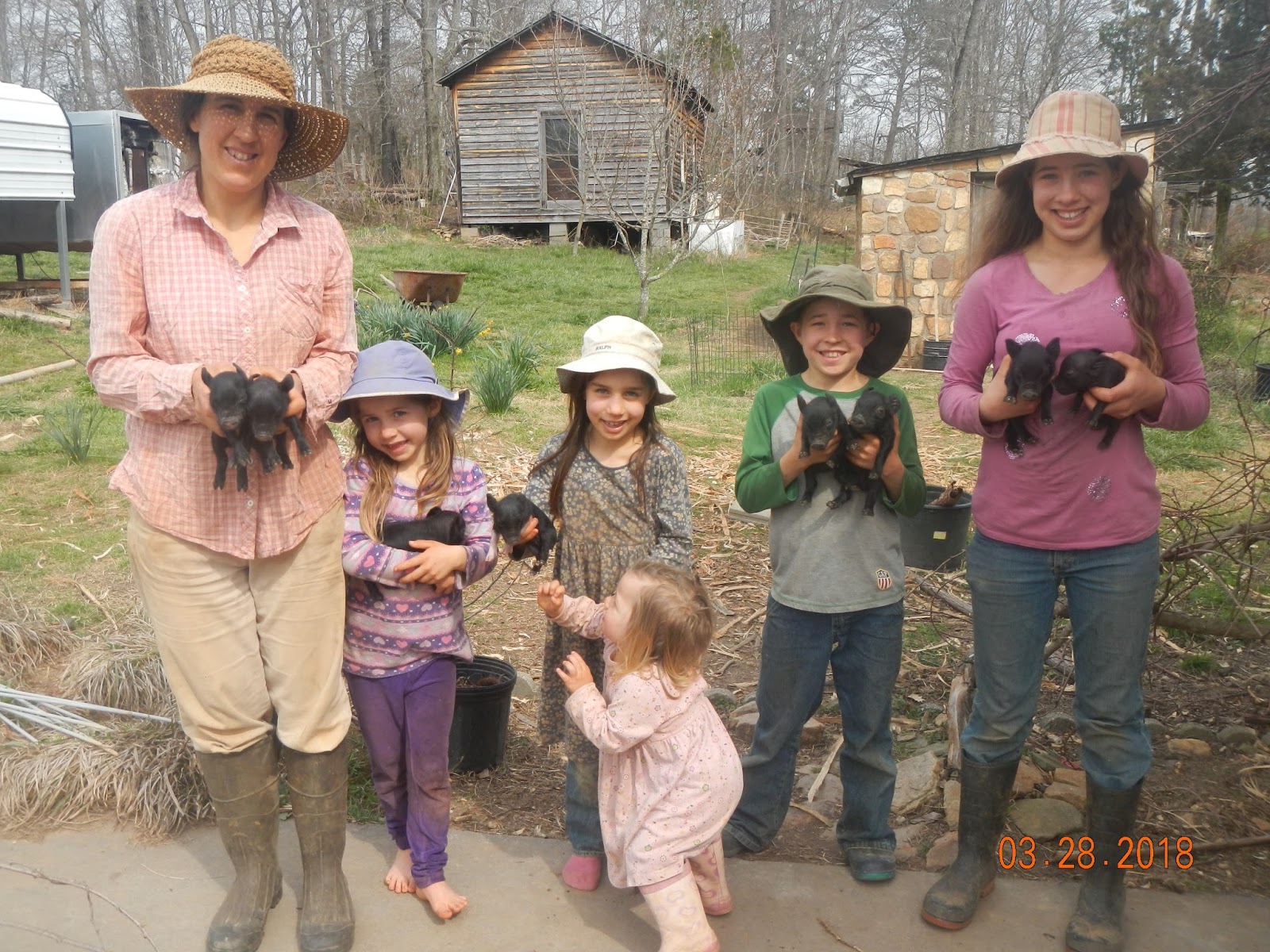 | |
| The first litter of piglets born on our farm |
 |
| A neighbor friend helping us scald and butcher a hog |

 |
| Cold frame |

 | |
| Young goat roasted with spring onions, butter and garlic, asparagus, fried grit cakes and lettuce salad. |

 | |
| The seed cleaner we use mostly for cleaning (sifting, scalping, and winnowing the remaining chaff and weed seeds out of) our wheat. |
 |
| Our favorite salad - dried figs, goat cheese, and lightly toasted pecans. |
 | |
| Fresh wild-harvested winter oyster mushrooms |
 | |
| A weekly CSA share |
 |
| Cultivated shitake mushrooms |
 |
| Frying sweet potato chips |
 |
| Persimmons from a wild tree on our farm |
 |
| Persimmon pulp |
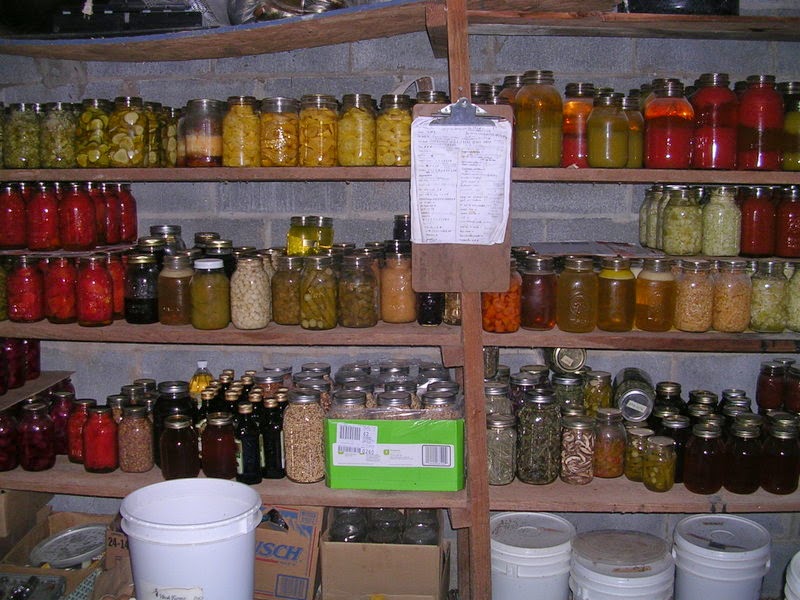 |
| Canned and dried food |
 | |
| Digging a trench to lay a drain tile through the middle of the garden beside our house. |
 |
| Saving seeds from the tomato variety we grow more of than any other, an extra meaty variety. |
 | |
| Tortillas with a mix of different varieties of dried peas (similar to black-eyed peas), with canned pork, goat cheese, with fresh cilantro and onions, roasted red peppers from the freezer, fresh Swiss chard on the side, cow's milk to drink... |
 |
| Bamboo shoots |
 |
| Getting ready to install the water stove and making an extra large split bamboo basket for storing acorns. |
 | |
| Bedding the different varieties of sweet potatoes we grow |
 |
| Harvesting potatoes |
 |
| Sampling sweet potatoes. Sweet potatoes are one of our favorite crops to grow and to eat. |
 |
| With some protection on the coldest winter nights we're able to grow outstanding quality citrus with hardly any other trouble. |
 |
| The inside of our pea sheller, which we use for dry peas and beans |
 |
| Fermenting peppers for hot sauce |
 |
| Reunion with former WWOOF farm stay visitors |
 |
| Harvesting peanuts |
 |
| Splitting basket splints from white oak |
 |
| Harvesting tulip-poplar bark for siding |
Subscribe to:
Comments (Atom)










![[tallhives-5-31-08.JPG]](https://blogger.googleusercontent.com/img/b/R29vZ2xl/AVvXsEiFWLCV98XnJTFzn51SL-jKgBFhJQvevdozFMz2CcylwXL3Tf41yZkn944ZlOvoKpjHclQ2nP6AQEnl4NtF47VJcfTQqtkEfB_b0PhEzFoybrN5Un3WJ_k4cPLyftZKl6DN9ie9xRWlE1OG/s1600/tallhives-5-31-08.JPG)






